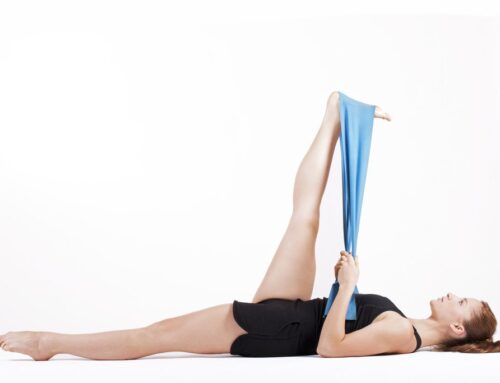What’s your fitness goal? Maybe you want to lose weight, gain lean muscle mass, become more flexible, or feel less achy so you can comfortably make it through your day a bit easier? Whatever it may be start working out in three dimensions!
Most people workout in the sagittal plane aka forwards and backwards. For example, running on a treadmill, riding a stationary bike, performing walking lunges. There is nothing wrong with these exercise, however these movements keep the body specifically our hips locked in flexion and extension. But there are still four other vital transformational patterns (our hips for the purpose of this example) should be moving through—Abduction, Adduction, Internal Rotation, and External Rotation. Three-dimensional, or “tri-planar,” exercises include movements that are Sagittal (Forwards and Backwards), Frontal (Right and Left), and Transverse (Internally and Externally Rotating). The 3D approach will help increase strength, flexibility, and most importantly movement literacy — your ability to move skillfully, without effort or strain, in any environment, be it the gym, office, home, or sports field.
The real reasons as to why we should all train within three dimensions is for functional real-world fitness that prevents injury, boosts performance, and helps you move better and look your best. Tri-planar moves can be complex compared with standard gym exercises. But that’s the whole point. Functional training is designed to challenge both the brain and brawn alike.
Most any exercise can become 3Ded. Below are two prime examples of typical exercises made 3D.
Lunge Variations
Sagittal: This is your typical lunge. Starting with both feet together take one step towards the front of the room and lower your back knee down to the ground as the front knee lowers to a 90 degree angle. Then return.
Frontal: Start with both feet together. Take one foot and step out towards the side. The leg stepping out will bend at a 90 degree angle with you knee turned towards the front of the room while your base leg lowers and stays straight. Then return.
Transverse: Pretend your feet are on a clock face pointing to 12 o’clock. Take your right foot and step out towards 3 o’clock while the left stays in place at 12 o’clock. Then return.
Jumping Jack Variations
(for the purpose of this article we will just be looking at the upper body)
Sagittal: Start with your arms by your side. As you jump your legs out you will extend your arms straight out and up from your side to up over your head, and return.
Frontal: This is the typical arm pattern you’d see in a jumping jack. Start with your arms by your side. As you jump let your arms start by your side and reach out towards the side and come up over your head. Then return.
Transverse: Let your arms start at chest height, and wrap them around your chest like you are giving yourself a hug. As you jump uncross your arms as if you are trying to see how much space you can take up with your arms. Then return.
If you are curious in trying a 3D workout try a session with Colleen!




